Search
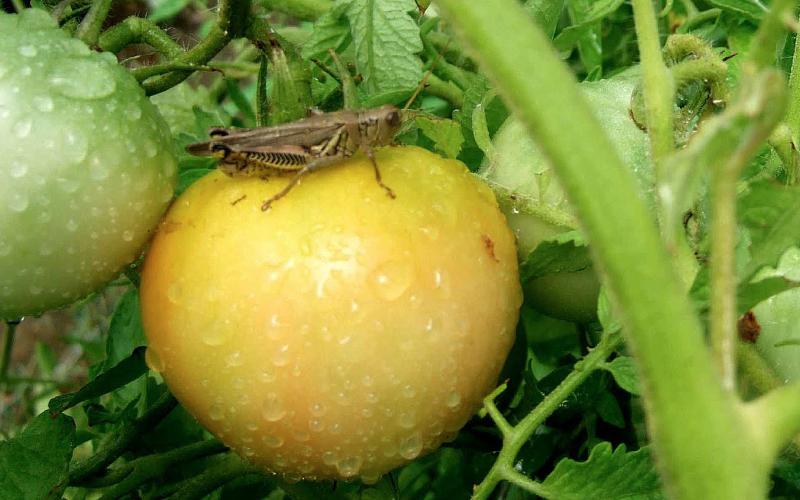
Protecting Tomatoes From Grasshoppers in the Garden
During dry summers, it's no surprise when grasshoppers start causing issues in gardens. Learn about some common grasshoppers that feed on tomato plants along with some ways to manage populations.

Liebig’s Law of the Minimum and Phosphorus in South Dakota Surface Waters
Too much phosphorus in water can lead to increased growth of aquatic plants, algae blooms and fish kills. Learn about some recent research investigating the impact of phosphorus runoff on South Dakota's water resources.
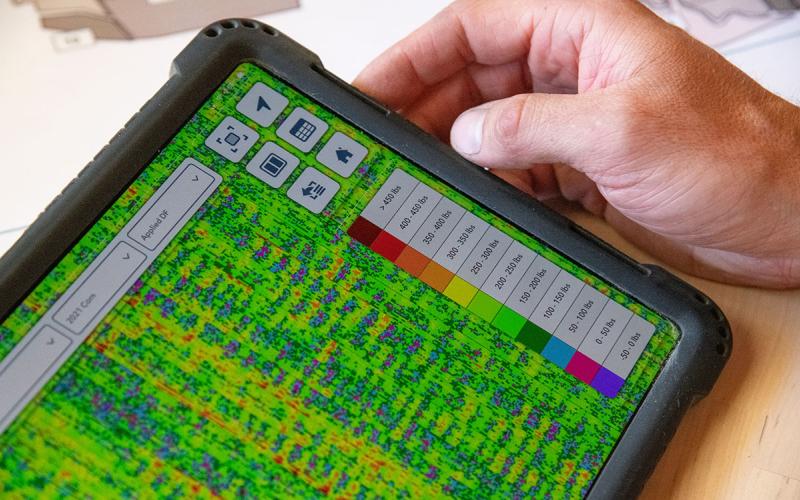
The 5 R’s of Precision Agriculture
Precision agriculture is a management strategy that uses cutting-edge technology to gather, process and analyze information to provide optimized crop inputs. Learn about the five R's that guide its use on farms.
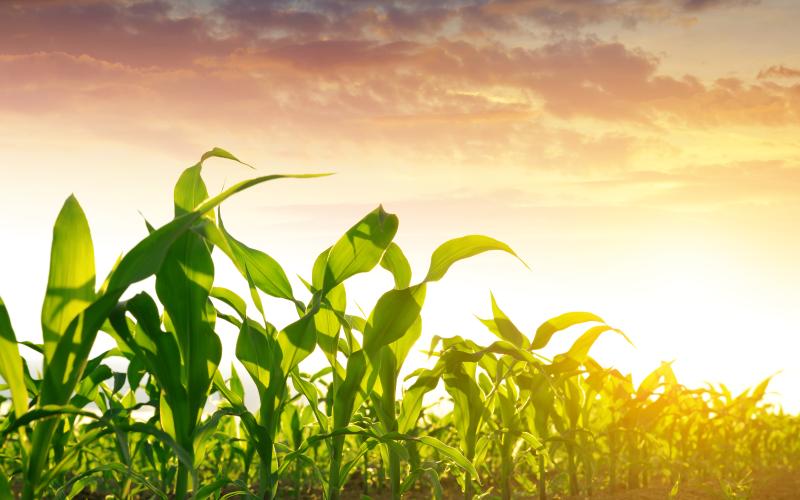
2019 Survey South Dakota Corn Nutrient Management Practices
Data from the 2019 survey South Dakota farmers was used to examine how local and operational characteristics such as geographic location within SD, tillage practice, and farm size were related to the adoption of various nutrient management practices.

SDSU Extension releases updated 2023 corn nitrogen fertilizer rate guidelines
March 27, 2023
South Dakota State University Extension has updated the corn nitrogen Fertilizer Recommendations Guide to reflect lowered rate recommendations.

Clover Cover Crops as a Living Mulch for Broccoli Production in Eastern South Dakota: 2022 Preliminary Results
A recent project at the SDSU Specialty Crop Research Field investigated using clover species as a living mulch for broccoli production systems to improve soil quality and suppress weeds.

Clover Cover Crops as a Living Mulch for Pepper Production in Eastern South Dakota: 2022 Preliminary Results
A recent project at the SDSU Specialty Crop Research Field investigated using clover species as a living mulch for pepper production systems to improve soil quality and suppress weeds.

Table Beets: Harvest and Storage
Table beets are a colorful root crop that grows well during the spring and fall months in South Dakota. Learn how to select, grow, harvest and store them with this helpful guide!
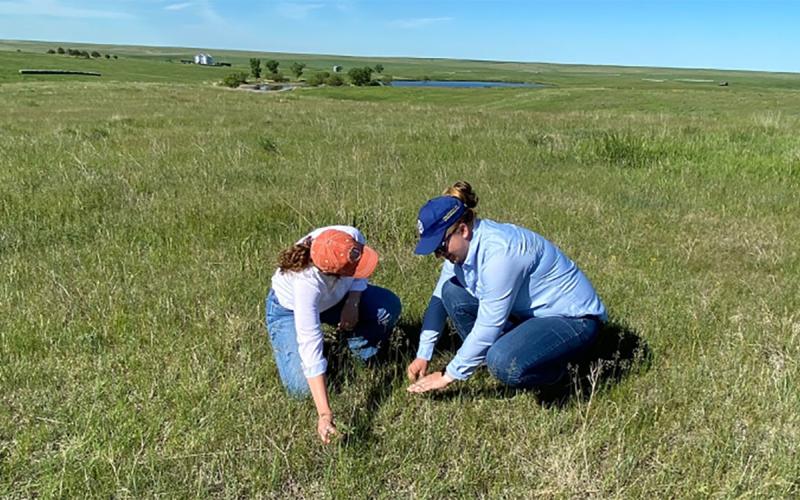
SDSU Extension to host Women on the Range workshop in June
March 31, 2023
South Dakota State University Extension invites women in agriculture to attend a Women on the Range Workshop on June 8 and 9 at The Branding Iron restaurant in Belle Fourche, South Dakota.
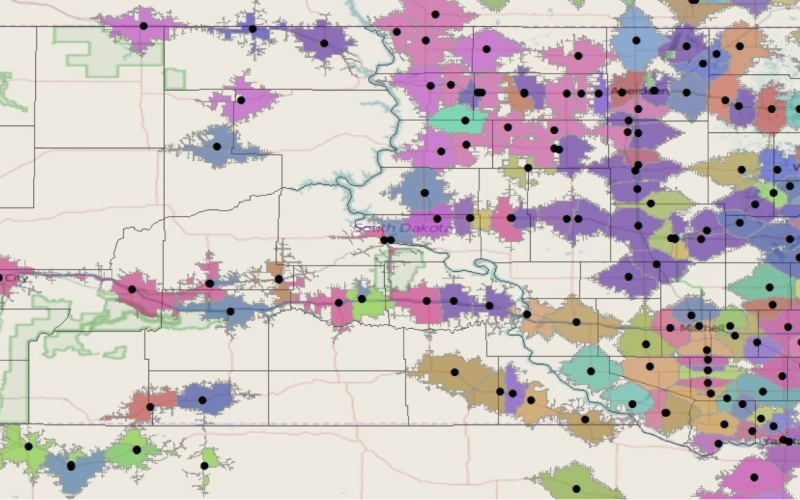
Grain Merchant and Processor Consolidation, Concentration, and Competition
A general trend in the last century has been for greater consolidation among Grain Merchants and Oilseed Millers and Processors. The U.S. Census Bureau tracks the number of firms and/or establishments and value of sales (market size) by industry sector every 5 years as a part of the Economic Census. In addition to the number of firms and sales, the Census Bureau publishes concentration ratios for each sector. One concentration ratio they publish is the amount of sales attributed to the four largest firms in that sector. The percentage of sales of the 4 largest firms is a measure that aids in identifying the type of market structure that exists.